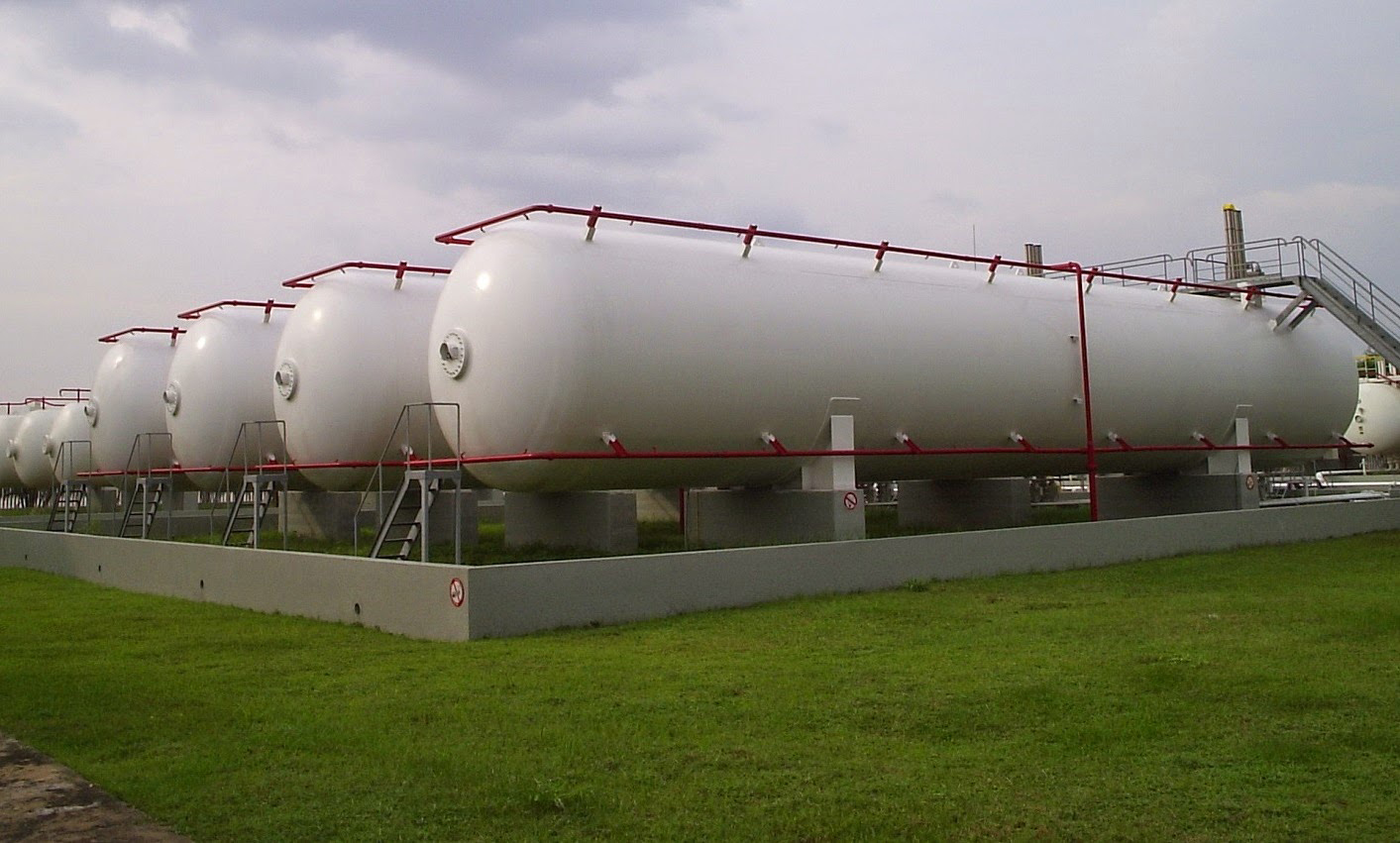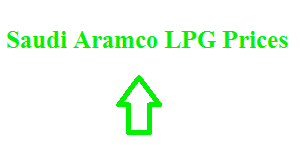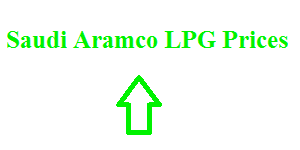Technical
Outlet pressure
Views: 2122
An LPG installation can operate with either propane, butane or a bupro mixture.
The pressure reducing station or stations are of identical design. Outlet pressure at first expansion stage “OPFE” can however vary according to the physical characteristics of the products.
We know that:
propane vaporises at a temperature above - 44°C. butane vaporises at a temperature above 0°C.
Below these temperatures, the product returns to its liquid state, which is strictly prohibited for an installation in the gaseous phase.
Commercial propane solution
Average blend: 90% propane and 10% butane.
The first expansion stage gas regulator “OPFE” is generally tared at 1 .5 bars. Gas regulator outlet pressure: international standard.
This pressure can be reduced to 1 bar in order to increase possible flow, which can supply the tank or
tanks with natural vaporisation.
Example
(see tank flow rate chart)
11,000 kg propane tank. Filling: 30% of its capacity. Lowest site temperature: - 5°C. Interval of use: 8 hrs per day.
Outlet pressure at first expansion stage OPFE”: 1.5 bar
The chart shows that this tank, filled to 30%, can supply a flow of 10 kg/h.
If we lower the pressure to 1 bar bar in OPFE while maintaining the same criteria, we observe that the same tank can supply a flow of 13 kg/h, in other words 30% more available flow.
This solution makes it possible to keep the 1,000 kg tank.
If we leave the 1 .5 bar pressure, the tank will need to be replaced by a 1,750 kg tank.
Commercial butane solution
Average blend: 80% butane and 20% propane.
The first expansion stage gas regulator “OPFE” is generally tared:
for countries with temperate climates, never exceed 0.6 bar for countries with hot climates, never exceed 0.8 bar.
• We know that an expansion can cause product temperature to drop at the gas regulator outlet, which means there should never be a gas regulator outlet pressure “OPFE” that exceeds the pressures provided here below.
It could cause butane re-condensation and supply the installation with butane in the liquid state DANGER.
From experience, we can confirm that the minimum site temperature must never be lower than 12°C. Below this temperature, commercial butane could partially condensate in the pipe line at the gas regulator outlet.
A butane installation generally requires a vaporiser adapted to peak flow needs be installed. For safety purposes, it is strongly recommended that pipe lines carrying gaseous butane be
traced by heating tape equipped with a thermostat.
This makes it possible to maintain gaseous butane at a temperature always above 15°C.
Example
(see tank flow rate chart)
11,000 kg propane tank. Filling: 30% of its capacity. Lowest site temperature: - 5°C. Interval of use: 8 hrs per day.
Outlet pressure at first expansion stage OPFE”: 1.5 bar
The chart shows that this tank, filled to 30%, can supply a flow of 10 kg/h.
If we lower the pressure to 1 bar bar in OPFE while maintaining the same criteria, we observe that the same tank can supply a flow of 13 kg/h, in other words 30% more available flow.
This solution makes it possible to keep the 1,000 kg tank.
If we leave the 1 .5 bar pressure, the tank will need to be replaced by a 1,750 kg tank.
Commercial butane solution
Average blend: 80% butane and 20% propane.
The first expansion stage gas regulator “OPFE” is generally tared:
for countries with temperate climates, never exceed 0.6 bar for countries with hot climates, never exceed 0.8 bar.
• We know that an expansion can cause product temperature to drop at the gas regulator outlet, which means there should never be a gas regulator outlet pressure “OPFE” that exceeds the pressures provided here below.
It could cause butane re-condensation and supply the installation with butane in the liquid state DANGER.
From experience, we can confirm that the minimum site temperature must never be lower than 12°C. Below this temperature, commercial butane could partially condensate in the pipe line at the gas regulator outlet.
A butane installation generally requires a vaporiser adapted to peak flow needs be installed. For safety purposes, it is strongly recommended that pipe lines carrying gaseous butane be
traced by heating tape equipped with a thermostat.
This makes it possible to maintain gaseous butane at a temperature always above 15°C.

















